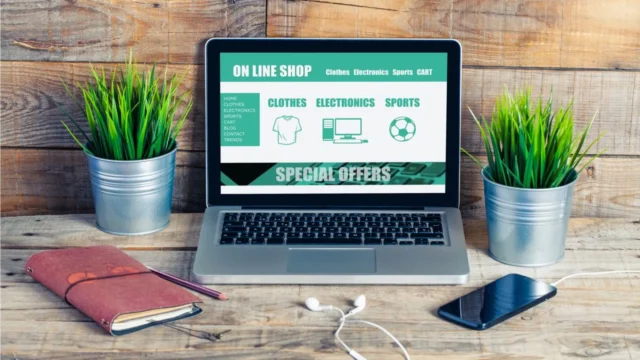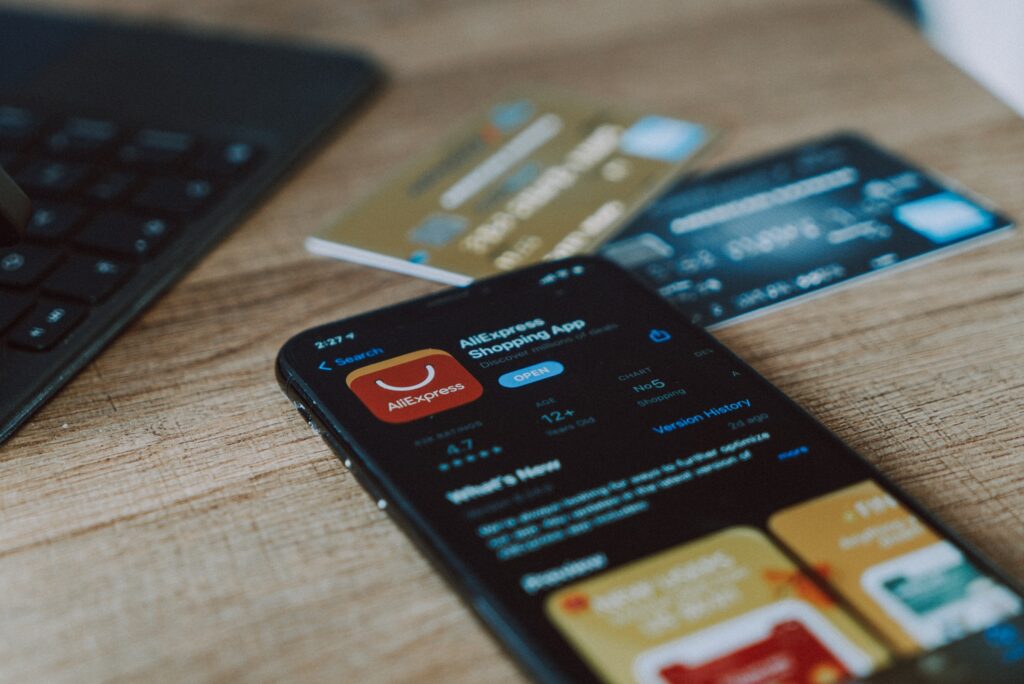Impulse buying is a powerful driver of e-commerce sales, and designing your online store to encourage spontaneous purchases can significantly boost your revenue. By understanding consumer psychology and leveraging design strategies, you can create an engaging shopping experience that prompts customers to buy on a whim. Here are some key strategies to consider when designing your e-commerce site.

Table of Contents
Toggle1. Optimize Your Homepage
Your homepage is often the first impression customers have of your site. Make it visually appealing and easy to navigate.
- Clear Value Proposition: Clearly communicate what makes your store unique. Use catchy headlines and attractive visuals to grab attention.
- Featured Products: Showcase bestsellers or seasonal items prominently on the homepage to entice visitors.
- Limited-Time Offers: Highlight flash sales or limited-time discounts to create a sense of urgency.
2. Utilize High-Quality Images and Videos
Visual appeal is crucial in e-commerce. High-quality images and videos can influence purchasing decisions.
- Product Photography: Use professional images that show products from multiple angles. Include close-ups to highlight details.
- Lifestyle Images: Show products in real-life settings to help customers envision using them.
- Videos: Incorporate product videos to demonstrate features or usage, making the product more tangible.
3. Create a Seamless Navigation Experience
A well-structured site makes it easy for customers to find what they’re looking for, reducing frustration and keeping them engaged.
- Intuitive Categories: Organize products into clear categories and subcategories.
- Search Functionality: Implement a robust search feature with filters to help users find products quickly.
- Breadcrumb Navigation: Allow customers to track their path through the site, making it easy to return to previous pages.
4. Incorporate Persuasive Copywriting
The words you use can significantly impact a customer’s decision to buy.
- Compelling Product Descriptions: Use descriptive and engaging language that highlights benefits and features. Focus on how the product solves a problem or enhances the customer’s life.
- Social Proof: Include customer reviews, testimonials, and ratings to build trust and encourage impulse buys.
5. Leverage Scarcity and Urgency
Creating a sense of urgency can prompt customers to make quick purchasing decisions.
- Limited Stock Notifications: Display stock levels (e.g., “Only 2 left in stock!”) to encourage immediate action.
- Countdown Timers: Use countdown timers for flash sales or promotions to create urgency.
6. Streamline the Checkout Process
A complicated checkout process can lead to abandoned carts. Make it as simple and quick as possible.
- Guest Checkout: Allow customers to purchase without creating an account to minimize friction.
- Progress Indicators: Show customers where they are in the checkout process with clear progress indicators.
- Multiple Payment Options: Offer various payment methods, including credit cards, PayPal, and buy now, pay later options, to accommodate different preferences.
7. Personalize the Shopping Experience
Tailoring the shopping experience can make customers feel valued and encourage impulse purchases.
- Product Recommendations: Use algorithms to suggest related or complementary products based on customer behavior.
- Personalized Emails: Send targeted emails with product recommendations based on browsing history or past purchases.
8. Use Strategic Call-to-Action Buttons
Your call-to-action (CTA) buttons should stand out and encourage customers to take action.
- Contrasting Colors: Use colors that contrast with your site’s color scheme to make CTAs more noticeable.
- Action-Oriented Language: Use persuasive language like “Buy Now,” “Grab Yours,” or “Limited Time Offer” to prompt immediate action.
9. Incorporate Social Media and Sharing Options
Encourage customers to share products they love with their social networks, which can lead to additional impulse buys.
- Social Sharing Buttons: Include easy-to-use social sharing buttons on product pages.
- User-Generated Content: Showcase customer photos or testimonials from social media to build community and inspire others to buy.
10. Optimize for Mobile Devices
A significant portion of e-commerce sales occurs on mobile devices, so ensure your site is mobile-friendly.
- Responsive Design: Use a responsive design that adjusts to different screen sizes and resolutions.
- Fast Loading Times: Optimize images and scripts to ensure your site loads quickly on mobile devices.
Conclusion
Designing an e-commerce site that encourages impulse buys involves a blend of aesthetic appeal, intuitive navigation, persuasive content, and strategic marketing techniques. By creating a seamless and engaging shopping experience, you can capture your customers’ attention and prompt them to make spontaneous purchases. Focus on optimizing every aspect of your site, from the homepage to the checkout process, and watch your sales grow as you harness the power of impulse buying.


No responses yet